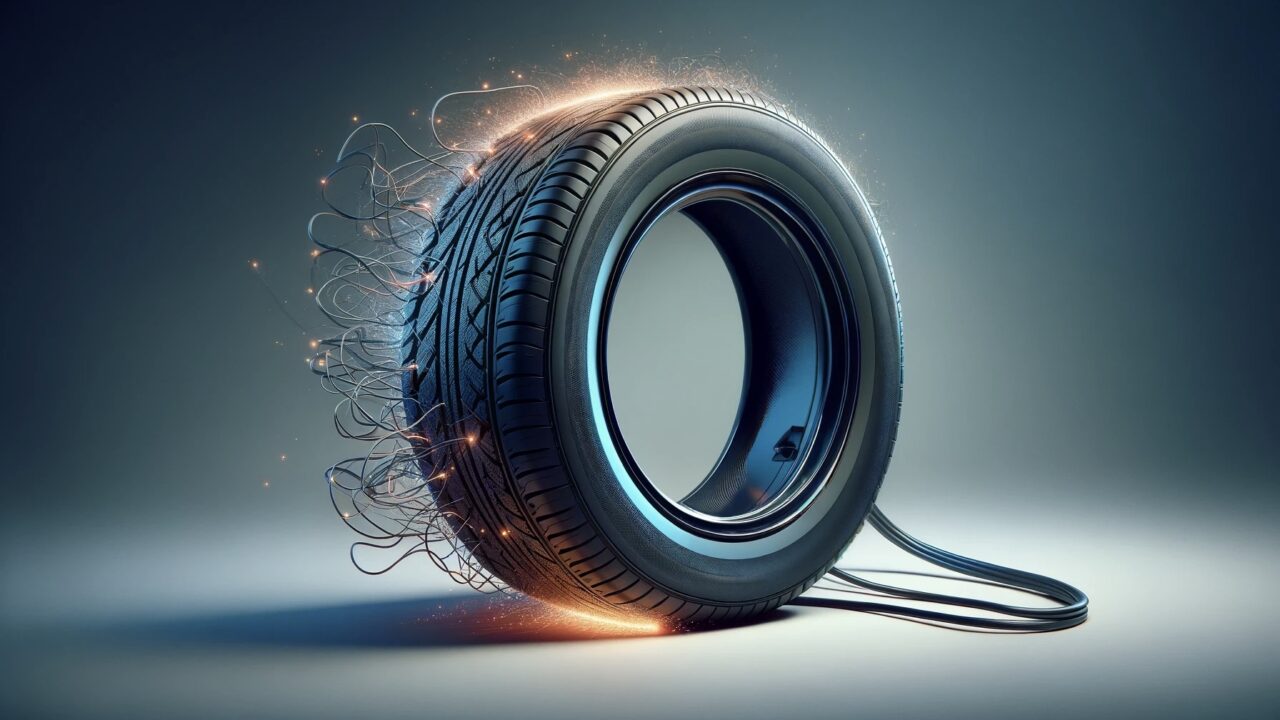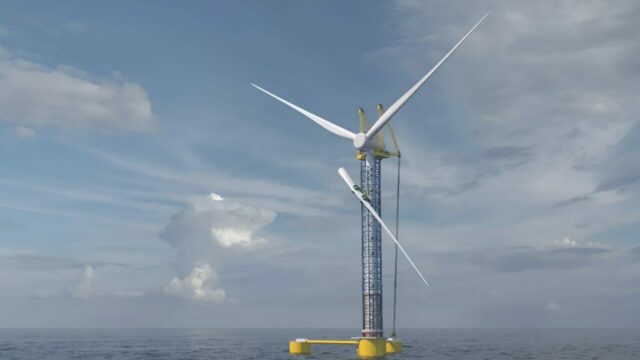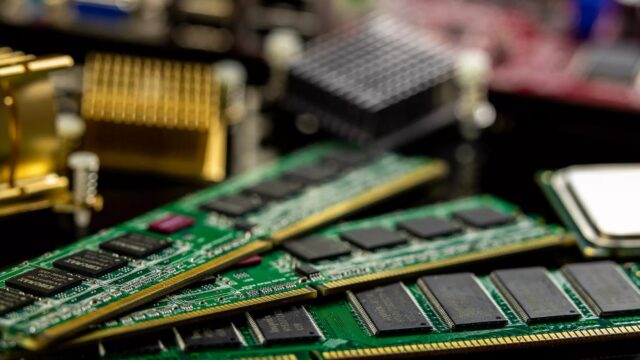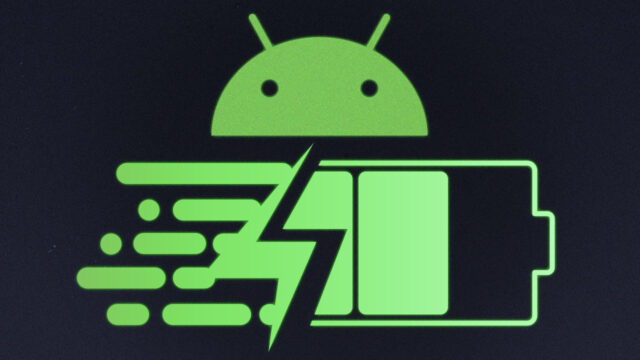A revolutionary innovation in cheap energy production technologies is on the horizon. A special plastic developed by Joanneum Research in Weiz can generate electrical energy even from small movements. This innovative material uses the piezoelectric effect to produce electrical energy from physical deformations.
How is cheap electrical energy from plastic used? What is it good for?
This affordable technology could revolutionarily meet the energy needs of sensors and eliminate the need for batteries. This inexpensive material holds great potential for various applications. For example, when applied to bicycle tires, it generates energy during the ride and continuously transmits tire pressure via Bluetooth.
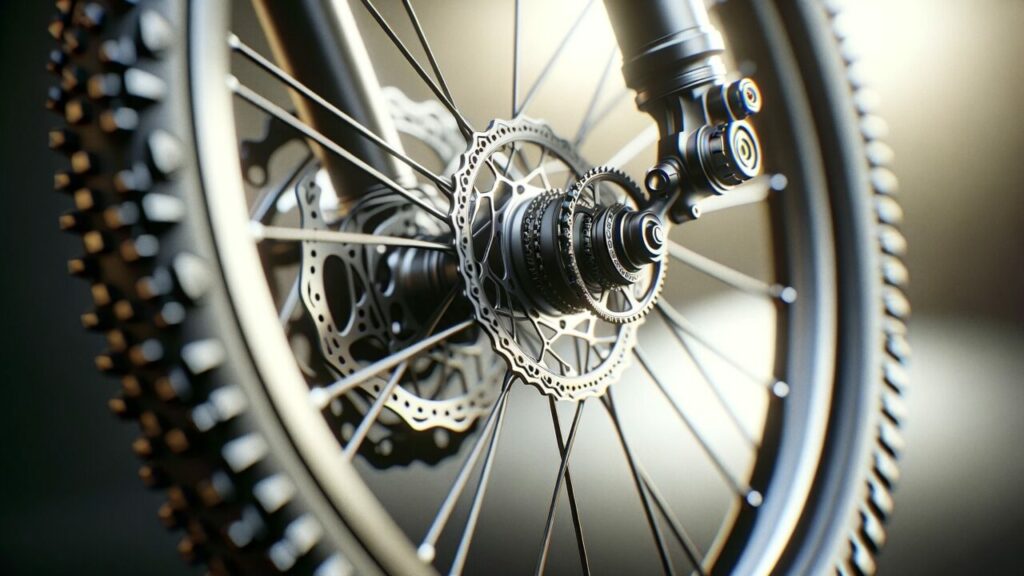
This innovative plastic-based cheap energy production technology is used as follows:
- Usage of the piezoelectric effect: This effect is based on the principle that certain materials produce electricity when physically deformed. When physical force is applied to the plastic (e.g., bending, compressing, or stretching), it generates an electric charge.
- Cheap energy-producing plastic material: The special plastic material developed by Joanneum Research is lightweight and flexible, making it suitable for various applications. This plastic can generate energy even from small movements, such as the rotation of bicycle wheels or the effect of wind.
- Integration into applications: The plastic can be directly applied to the target object. For example, it can be mounted on a bicycle wheel or a moving part of a vehicle. This plastic continuously generates energy while in motion, and this energy can be used in various electronic devices.
- Data transmission and real-time monitoring: The generated energy can be used to monitor and transmit sensor data (e.g., tire pressure or temperature) in real-time. Through wireless communication technologies such as Bluetooth, this data can be transferred to mobile devices or other monitoring systems.
- Environmentally friendly and sustainable: The plastic material is environmentally friendly and durable, which reduces waste and lowers environmental impact. This technology also contributes to sustainable cheap energy solutions by reducing battery usage.
These features make the plastic-based piezoelectric energy production technology a valuable and innovative solution, especially for applications where motion is frequent. It offers us innovative applications such as real-time tire pressure monitoring for bicycles.
Additionally, this material can also be used for energy production in other areas, such as wind turbines. This cheap energy-producing plastic can be effectively produced using the screen printing process, which keeps costs low while providing cheap and high energy efficiency.
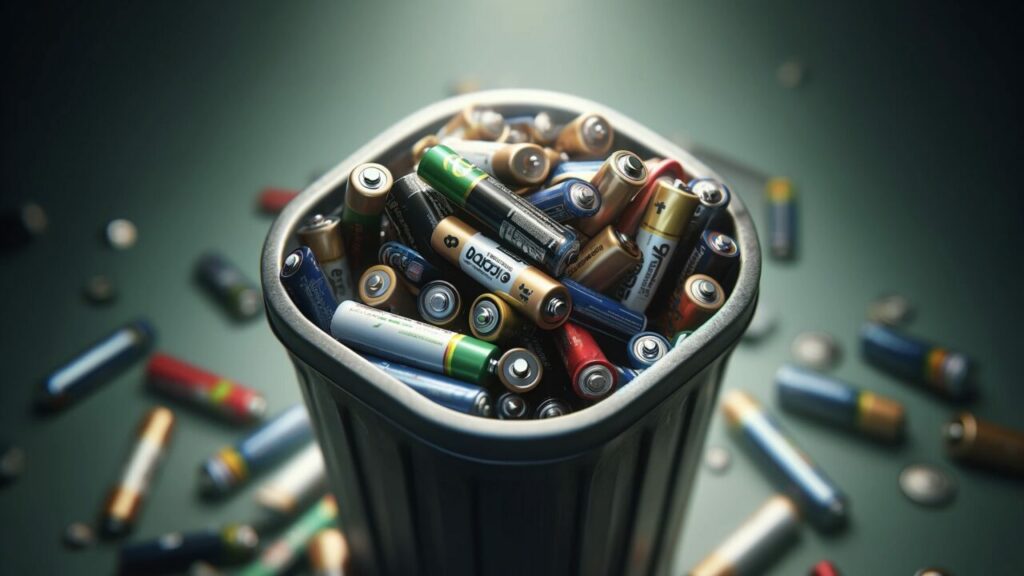
With contributions from other institutions such as the Georgia Institute of Technology and EMPA in Switzerland, this technology can be used in various fields from vehicles to wind energy facilities.
This development holds great potential for sustainable energy solutions and long-term reduction in battery use. In the coming years, we eagerly await to see in which new areas this technology will be used and how it will revolutionize energy production.
Do you think this development could eliminate the need for batteries? You can write your opinions in the comments section below.


